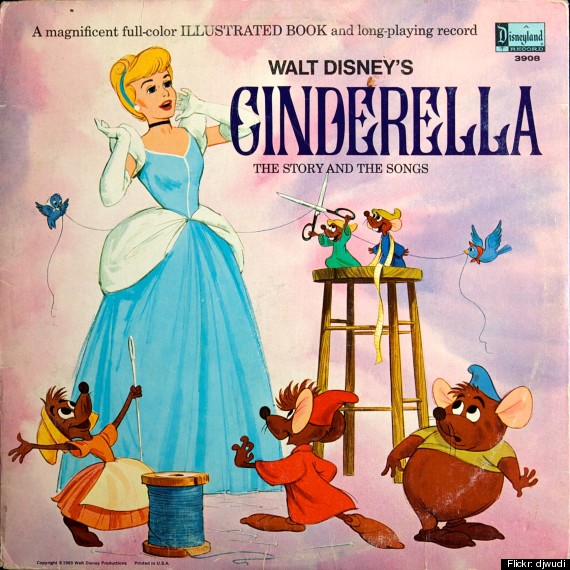This blog post features some fun lego fairy tales:
Legohaulic
Also, this article The REAL Stories Behind These Disney Movies will Ruin your Childhood from the Huffington Post. Nothing that would be unknown to most of you readers, but I find two things interesting-first, the all-too-often-seen error of calling the Grimm's versions of fairy tales the "REAL" versions. Secondly-there's been so much talk, especially lately, about how Disney sanitizes their fairy tales, especially with the new information about Into the Woods. But who can really blame them if, as Zoe Triska, author of the article claims, reading some older versions will "ruin" your childhood? Seems like there are very mixed signals going around as to what we expect. If fully grown adults will be shocked and dismayed by reading Grimms' fairy tales, how could anyone even think of showing them to children? I don't agree with their premise, obviously, as I have a whole blog devoted to dark, historical fairy tales (yet still get ridiculously excited about the prospect of going to Disney World), but we have to remember that audiences can be very sensitive when it comes to children's entertainment.
Also, their claim that Beauty and the Beast is "actually pretty accurate, except for some uninteresting details" is wrong on so many levels that I can't even go into right now...



Ha ha ha about Disney's Beauty & the Beast being "actually pretty accurate." Hard to know where to start taking exception to that remark! Also, people forget that folktales collected by the Grimms and others weren't necessarily aimed at children. They were often directed at young women and others thought to be in need of moral "improvement."
ReplyDeleteI know, I feel like they clearly didn't do their research on Beauty and the Beast/I take offense at their calling the other details "uninteresting."
ReplyDeleteBut it's true, fairy tales were never meant for children specifically until relatively recently in history. In fact, it was through the different publications of the Grimms that their stories became more and more "child appropriate." Beaumont's BATB was specifically aimed towards young women, but most fairy tales in their folk context were likely adults entertaining each other as they passed the time doing chores.
I imagine the tales were told to children, but they were not aimed at children. You have to remember that our concept of childhood isn't the same as previous generations' concept of childhood. For a long time children were just treated as little half-formed adults. And the concept of adolescence, a transition period between childhood and adulthood, is pretty new as well.
DeleteYou're absolutely right, and now I realize the phrase "never meant for children specifically" is a bit confusing, because they would have been around and overheard the tales. Children on farms were also exposed to things like sex, childbirth, and other bodily functions simply due to raising animals/sharing one room houses-things most modern children are shielded from
Delete